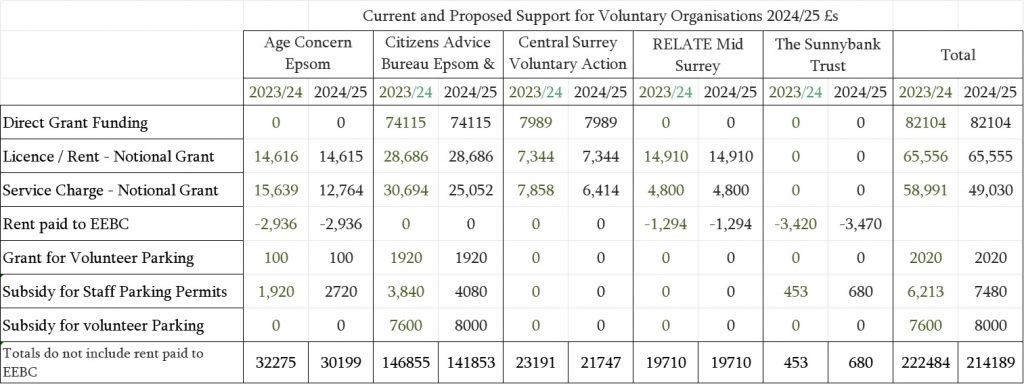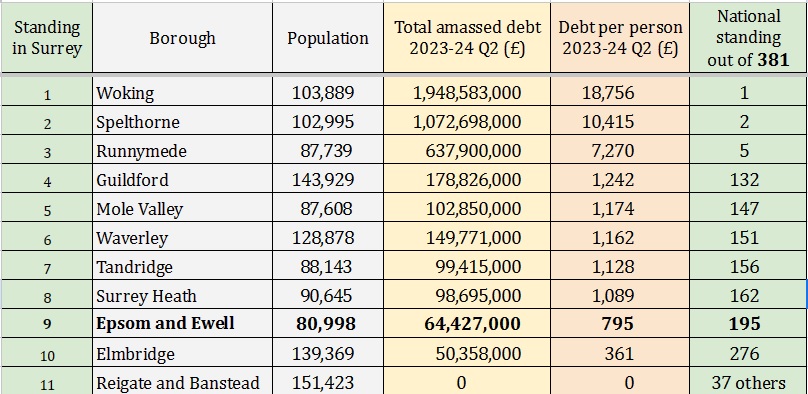Epsom and Ewell Borough Council’s approach to dog-fouling in its public parks may seem rather tame compared with the nearby Surrey Borough of Spelthorne.
Spelthorne has adopted powers in the Anti-Social Behaviour and Policing Act whereby its parks are made the subject of “Public Space Protection Orders” [PSPO]. Under these orders fixed penalty fines can be imposed on dog walkers who fail to clean up and indeed for walking unready with a “poo-bag”.
The order, which makes it an offence to take dogs into certain marked areas with fines of up to £1,000 if it leaves its mess behind, has to be renewed every three years. On Wednesday, January 18 Spelthorne Borough Council’s neighbourhood services and enforcement committee did just that.
Despite the notices, dog fouling continues to be an issue with the council receiving around 80 complaints a year. Leader of the council, Councillor Joanne Sexton also pushed for new signage to include scannable QR codes in the hope of making it quicker and easier to report offences – and therefore reduce the amount of dog poo lying on the ground.
Officers told the meeting that catching the antisocial behaviour in the act is extremely difficult given how brief the indiscretions are but said that by reporting it the council could find patterns of behaviour and look to target problem areas – turning up at 5am if that’s what the data showed.
The zones cover the council’s parks and open spaces with dogs excluded from fenced off areas such as tennis courts. Officers told the meeting: “We would like people to report to us. If we know that a dog goes to the park at 3pm on most days we can put in some patrols to give that person some advice – we won’t go in heavy. Our aim is always not to give people fines but to make them compliant with rules and regulations. If people see dogs running around like crazy and frightening their dog they should report it.”
Spelthorne Borough Council provides about 550 bins as well as dog waste disposal bags in 50 of its parks and open spaces.
Since Spelthorne imposed the order in 2012 it has issued a total of 11 warnings under the PSPO – 2 for dog fouling, 1 for means to collect (not having a bag), 1 dog in tennis courts, 1 professional dog walker with too many dogs, and 6 directions given to keep a badly behaved dog on a lead.
The authority also issued 3 Fixed Penalty Notices for dog fouling offences in the same time frame (all paid).
However, Spelthorne acknowledges that dog fouling (and other dog related issues) are notoriously difficult offences to actually enforce, as unless the dog owner is actually known to the person reporting, or officers happen to be in the right place at the right time, there is often very little to no evidence that allows investigation.
This reality may explain Epsom and Ewell Council’s more realistic approach stated on its website:
“What can we all do about dog fouling? Report it and we’ll remove it. If you notice dog fouling, let us know by filling in our online form ‘Street Cleansing’ at the top of this page or calling 01372 732000.”
Nevertheless, without the authority of a PSPO it still may be an offence under the Anti Social Behaviour and Policing Act to allow a dog to persistently foul a public area, leading to the possibility of a prosecution and fine.


